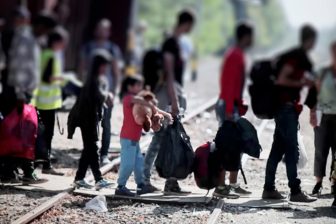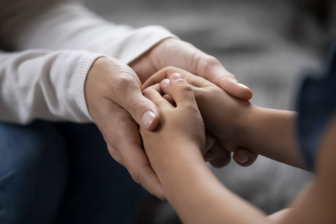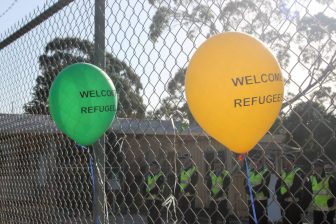
EU-wide programme to protect migrating children in Central America, Mexico and Africa
The European Union, United Nations Children’s Fund (UNICEF) and the UN’s refugee agency, UNHCR, have launched a new EU-wide programme strengthen child protection systems and provide alternatives to immigration detention.
Global Promotion of Best Practices for Children in Migration is a multi-country programme, with a total budget of €7.5 million, is being implemented across four countries in two regions: El Salvador and Mexico in Latin America; South Africa and Zambia in Southern Africa.
Over a period of 30 months UNICEF and UNHCR will jointly work with national governments; local authorities with portfolios of child protection and social welfare, home affairs and justice, civil society organisations and other stakeholders around three key goals for children.
- The programme will ensure that the capacity of child protection systems to include gender responsive services and alternative care options to immigration detention is enhanced.
- That the capacity of frontline actors to detect children on the move suffering from, or at risk of, gender-based violence and to refer them to appropriate alternative family and community care is increased.
- That lessons learned and best practices on programming for children on the move are documented and shared to contribute to strengthened south-south and global cooperation.
Jutta Urpilainen, European Commissioner for International Partnerships, said: “Children should always be treated first and foremost as children, regardless of their migration status. They have the right to be protected and to live in a safe environment. This includes having access to education, healthcare and sanitation, social and legal services, and psychological support. In partnership with UNICEF and UNHCR, the European Union is reaching out especially to children affected by immigration detention.
‘Children on the move face a variety of risks’
Mohamed M. Malick Fall, Regional Director for UNICEF in Eastern and Southern Africa, added: “Children on the move face a variety of risks in the countries of origin, transit and destination. They are exposed to multiple vulnerabilities including immigration detention, kidnapping, separation from parents and care givers, violence, exploitation and abuse; with increased risks for girls,” said
“In an era where COVID-19 has jeopardized access to services, these children are now even more vulnerable. Our joint programme will address the impact that immigration detention has on children’s mental health and wellbeing; and critically, the increased risks of child rights violations,” he said.
And Grainne O’Hara, UNHCR’s Director of International Protection, echoed their views: “This project is a crucial opportunity for all actors involved in the protection of children on the move to work better together. These boys and girls face specific risks requiring tailored, gender specific, and child sensitive responses. Children should not be detained.
‘Children should not be detained’
“Having fled from violence and persecution, children too often face further abuse, neglect and exploitation on their journey or at their destination. With this programme, we hope that safe alternative care arrangements will be strengthened and that children at risk are quickly identified and receive the attention they urgently need,” she said
The United Nations Department of Economic and Social Affairs dataset on migration show that in 2019 the number of international migrants in Eastern and Southern Africa and Central America stood at 12.3 million and 1.9 million respectively. The EU Global Promotion of Best Practices for Children in Migration programme will ensure that children in the four countries, particularly those impacted by immigration detention, are supported with child protection focused services.




